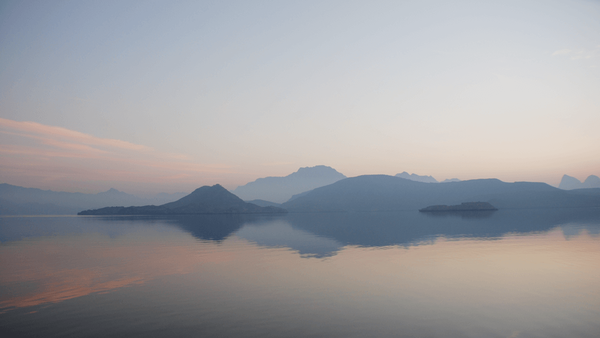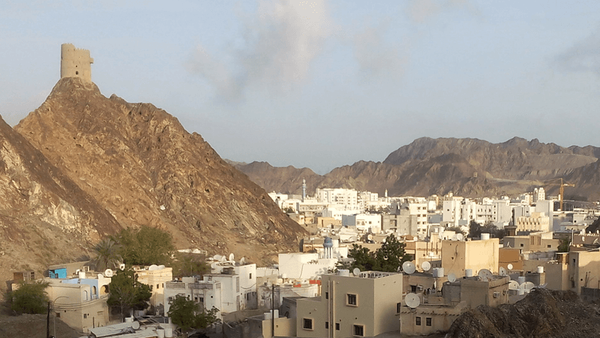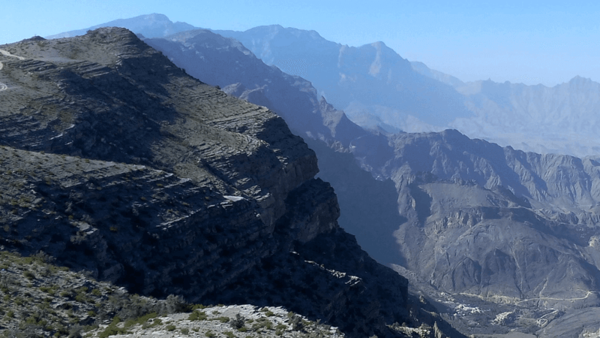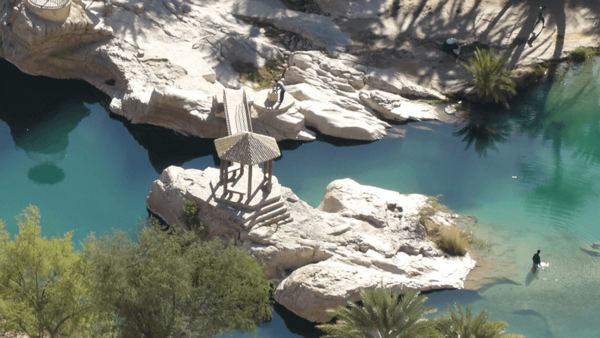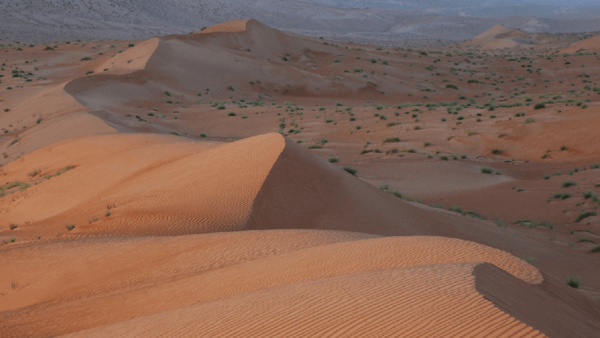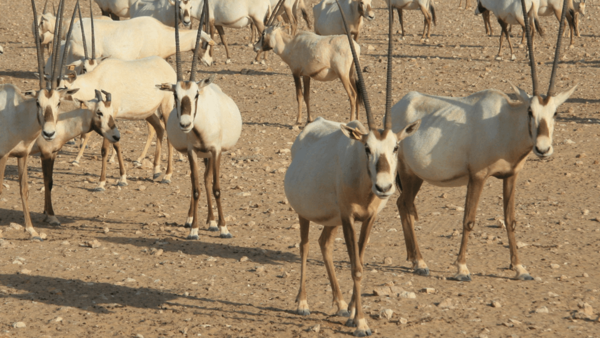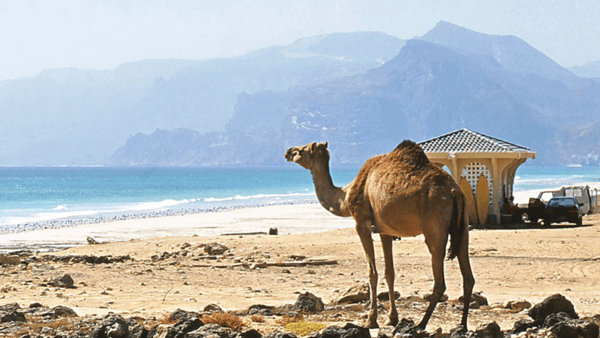Geography - the Landscapes of Oman
> Muscat > Batinah > western Hajar Mountains > eastern Hajar Mountains > Sharqiyya > Central Oman > Dhufar > Musandam
The landscapes of the Sultanate of Oman are very varied: the fjords of the Musandam peninsula, the spectacular Hajar mountains, the vast dunes of the Rub al-Khali and Wahiba deserts, lush green Dhofar, the fertile Batinah coast and the modern capital Muscat.
Musandam - World of Fjords
The northernmost part of the country is the Musandam Peninsula. It pushes far into the Strait of Hormuz, a narrow but important sea route for tankers. Through it, Japan and especially the West are supplied with oil.
Muscat Capital Area
The historic port city of Muscat lies in a small bay surrounded by rugged cliffs. It gives its name to the capital region of Muscat, which geographers also call the capital area. It stretches from the former fishing village of Seeb, where today the international airport of the same name is located, for more than 70 kilometres to the bays south of Qantab.
➤ Discover the capital of Oman
The western Hajar Mountains
The Hajar Mountains run from the Musandam Peninsula to its southern foothills for about 600 kilometres along the northern coast of the Sultanate. A natural passage, the Samail Rift, separates the mountains into an eastern and a western part. In the western Hajar lies the highest peak, Jabal Shams at 3009 metres, which in turn is part of the Jabal Akhdar massif. This is the old cultural heartland of Oman with the cities of Nizwa and Bahla.
➤ Discover the Western Hadjar Mountains
The eastern Hajar Mountains
The eastern Hajar Mountains do not reach the height of the western part. Its landscape is nevertheless unique. Deep in its gorges are wadis that carry water all year round. Among the most beautiful are Wadi Shab, Wadi Tiwi and Wadi Bani Khalid.
➤ Discover the eastern Hadjar Mountains
The Batinah Coast
The Batinah coastal plain is a coastal strip about 400 kilometres long and about 30 kilometres wide, running between the western Hajar Mountains and the Gulf of Oman. It is the vegetable garden of the Sultanate. A multitude of refuge castles and fortresses, such as that of Nakhl, protected its inhabitants from raids for centuries.
➤ Discover the secrets of the Batinah Coast
Sharqiyya Province, sand dunes and sea turtles
The Sharqiyya region lies on the foothills of the eastern Hajar Mountains. Near the easternmost point of Oman and the Arabian Peninsula in general, at Ras al-Hadd, lies the Ras al-Jinz sea turtle sanctuary. The landscape is dominated by the sand dunes of the Wahiba Desert.
➤ Discover the diversity of the Sharqiyyah
Central Oman - endless expanses
South of the Hajar Mountains, the barren wilderness of Central Oman begins. For 800 kilometres, all the way to the Dhofar Mountains, there is hardly any vegetation, nor are there many people in this hostile environment. In the west - on the border with Saudi Arabia - lie the dunes of the Empty Quarter, the Rub Al-Khali. Their foothills are lost in the scree plains of the Jiddat al-Harasis. This is the sanctuary for the Arabian Oryx antelope.
➤ Discover the vastness of Central Oman
Dhofar - Happy Arabia
The south of Oman, the Dhofar region, is a world of its own. From the dry plain, the landscape rises to the almost thousand-metre-high Dhofar Mountains. This limestone massif breaks off towards the coast into a wide plain, along the edge of which run long, palm-fringed sandy beaches. From June to August, the southwest monsoon, the khareef, transforms the region into a tropical paradise. Two millennia ago, the Romans set out to discover the wonderland in the distant Orient, where there were trees with gold dripping from their bark. Gold in the form of a precious resin. Arabia felix they called it - happy Arabia.
➤ Discover the historic land of frankincense
You are interested in a trip to Oman?
► Explore Oman with ARABIA FELIX
Your contacts for travels at Arabia Felix:
Maria Popp, Karin Nowack und Georg Popp
✆ Tel.: +49 (0)89 / 30 77 92 00
✉ info@oman.de
